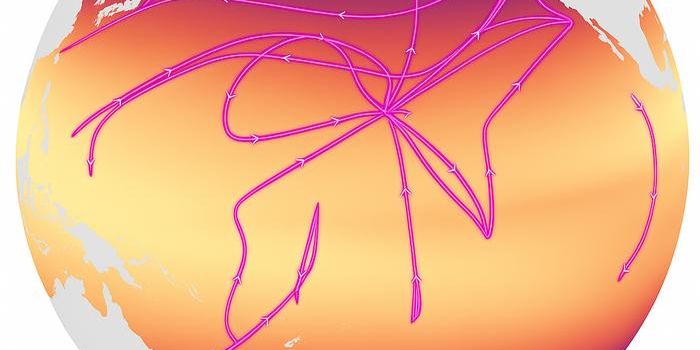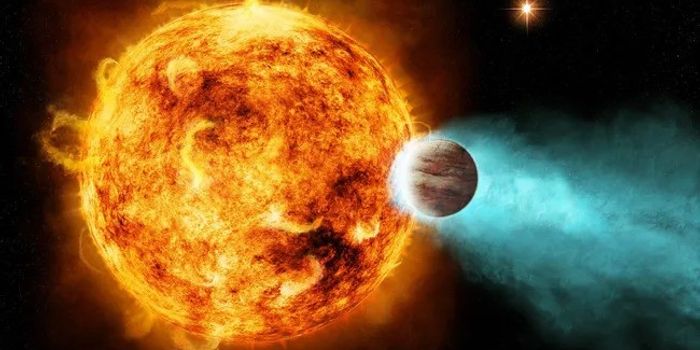How much influence do humans have over global surface waters?
New research published in the journal Nature takes a fresh look at the inescapable anthropogenic impacts on the planet, focusing on the ways that humans have affected the global water cycle. The study reports that human-managed reservoirs influence variability in seasonal water availability at a much greater proportion than previously realized.
"We tend to think of the water cycle as a purely natural system: Rain and snowmelt run into rivers, which run to the ocean where evaporation starts the whole cycle again," said Sarah Cooley, a postdoctoral researcher at Stanford University. "But humans are actually intervening substantially in that cycle. Our work demonstrates that humans are responsible for a majority of the seasonal surface water storage variability on Earth."
Although human-managed reservoirs account for a small percentage of all water bodies, they total a whopping 57% of seasonal water storage changes around the planet annually, says Cooley. Cooley worked with Laurence Smith, a professor of environmental sciences at Brown, and Johnny Ryan, a postdoctoral researcher at the Institute at Brown for Environment and Society, to analyze the seasonal water levels in 227,386 lakes, ponds, and reservoirs worldwide over almost two years. Their data came primarily from NASA's Ice, Cloud and Land Elevation Satellite (ICESat-2) and was comprised of water bodies as large as the Great Lakes to as small as ponds with areas less than one-tenth of a square mile.
The team’s analysis found that natural lakes and ponds varied seasonally by an average of .22 meters while human-managed reservoirs varied by .86 meters. And while the average variation in human-managed reservoirs made up 57% of the total variation, arid regions like the Middle East, American West, India and Southern Africa, saw even higher levels of human control over water variability.
"Of all the volume changes in freshwater bodies around the planet -- all the floods, droughts, and snowmelt that push lake levels up and down -- humans have commandeered almost 60% of that variability," Smith said. "That's a tremendous influence on the water cycle. In terms of human impact on the planet, this is right up there with impacts on land cover and atmospheric chemistry."

The team expects their study to be one of many in the near future that use satellite imaging to analyze hydrological cycles around the globe, particularly as technology continues to improve and pressures from climate change and population density increase.
"I think within the next three years we are going to see an explosion of high-quality satellite hydrology data, and we're going to have a much better idea of what's going on with water all over the planet," Smith said. "That will have implications for security, trans-boundary water agreements, forecasting crop futures and more. We're right on the edge of a new understanding of our planet's hydrology."
Sources: Nature, Science Daily








